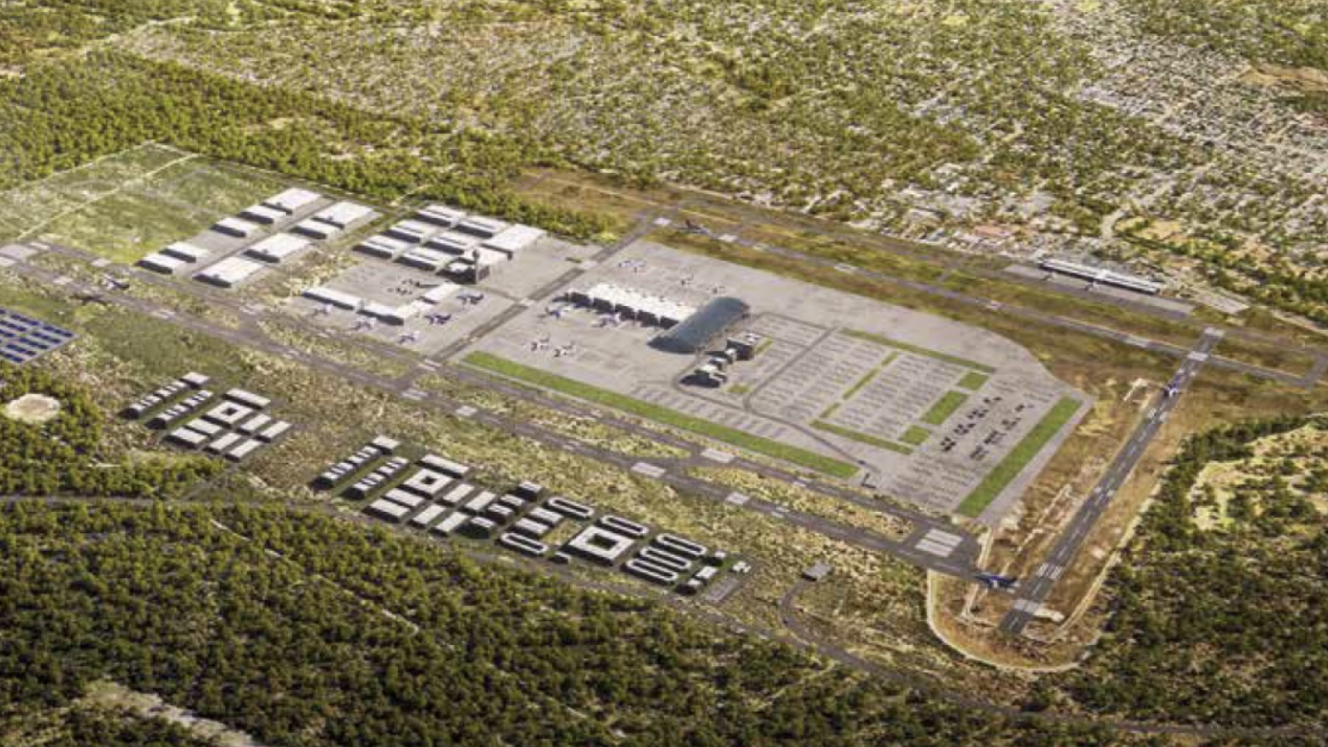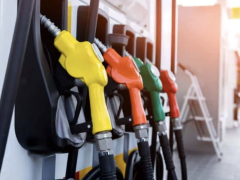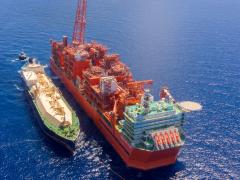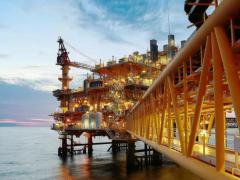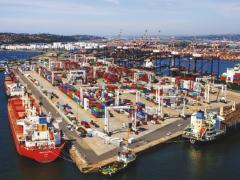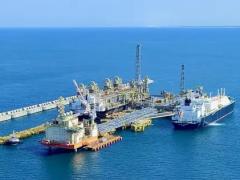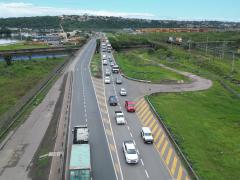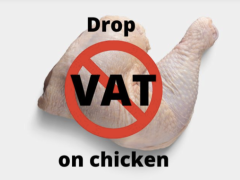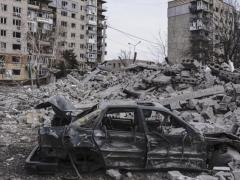Africa must focus on energy and digital infrastructure which are vital for African countries to build their manufacturing capacities and harness the full potential of innovation and entrepreneurship.
That was the view put forward by the United Nations Secretary-General Antonio Guterres when he addressed a gathering in New York on Africa Day last week, celebrating the 70th anniversary of the establishment of the Organisation of African Unity (OAU) in Addis Ababa, Ethiopia. Today it is known as the African Union (AU).
"We need to power Africa's industrialisation and leverage technology to leapfrog from outdated infrastructure and head straight towards the fourth industrial revolution," said Guterres.
The continent was blessed with resources that could make it a leader in clean energy, he added, and the sector could generate more than six million jobs by mid-century. Yet Africa had received just two per cent of global investment in renewables over the past decade, he added.
Kenya, thousands of kilometres from New York, is planning for such a future, with its solution for the challenge to relieve the population and employment pressure that the almost five million inhabitants of its capital are placing on it. It is constructing a new city just 64 kilometres south of Nairobi. It is ambitious, futuristic, and is likely to make its fellow African rivals “green” with envy.
To be called Konza Technopolis, it has already been in development for 13 years and is now beginning to take shape – albeit over initial completion deadline. It is a centrepiece of the Kenya 2030 project to position the country as a technology leader in Africa and globally.
It is a smart city which will focus on developing the country’s capacity in the technology space – whether it be in research and development, production or training of future personnel for the changing world of business.
Its location also puts it within easy reach of the port at Mombasa as it aims to create sustainable production capacity in the technology sector, which means meeting local and international hardware, software and skilled personnel requirements to compete with other nations – so exports are key.
It is being financed by South Korea.
The city will occupy 5 000 acres and be developed in four phases. Phase one - covering 400 acres - is estimated to create 12 960 residential units, housing about 30 000 residents. Some of these will be affordable housing units, although the majority will be targeted towards professional middle-income families.
According to the developers, affordable residential homes, universities and student accommodation will be built in the new city as well as commercial buildings, technology hubs, offices, hotels and entertainment centres. The university is almost complete.
For sustainability, construction materials used in the city must be green, with low embodied energy. The Technopolis has set aside green spaces and adopts green building practices geared at reducing greenhouse gas emissions within the city and ensuring a clean environment, sustainable use of water, clean, efficient and renewable energy, clean sanitation and waste management.
The buildings feature double-glazed windows, solar panels, smart lighting, sensored toilet flushes, and rainwater collection.
Announced in 2008, the city was expected to be completed by 2019. According to promotional material still available on its website, it was set to contribute $1.3 billion to Kenya's GDP by 2020.
"For ensuring that water is consumed adequately, we made certain that the buildings were designed with sensors in the flushing of toilets and also in the wash hand basins. For this, we also encourage water harvesting, especially during rainy seasons. We have storage tanks that you can pump water from for flushing toilets," explains Beryl Omollo, environmental and sustainability officer for Konza Technopolis.
Fully aware of the cost of building green offices, developers are seeking as many materials locally as possible.
"In construction, there is so much waste material that is produced. For instance, there is a lot of timber that is used for shuttering for the construction of scaffolding. Our approach is to ensure sustainability so, in this instance, we gain multiple use from a simple resource, wood, as we will use the same wood for other applications.
“Other waste that is generated at Konza is segregated primarily for recycling," says Antony Sang, engineer and chief manager of construction operations, Konza Technopolis.
"We look at the building through its entire life cycle from the design and construction, to the use of the building and the demolition," says Nickson Otieno, architect and environmental design consultant.
The Kenyan government allocated $73 840 680 in the 2022 financial year to the development of Konza. The project also received a $6-million grant from South Korea to help fund the Kenya Advanced Institute of Science and Technology which is planned for the site.


